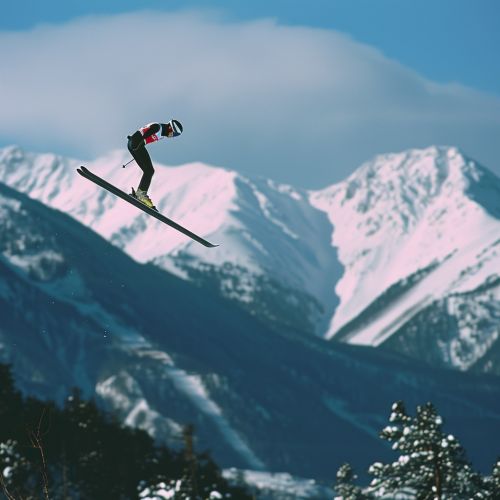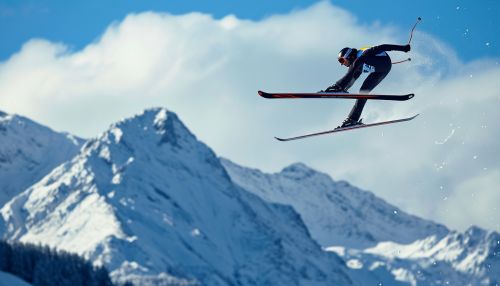Nordic combined
Overview
Nordic combined is a winter sport in which athletes compete in both cross-country skiing and ski jumping. The sport has its roots in Norway, where many believe it was born out of necessity for travel during the harsh winter months. Today, it is one of the oldest events in the Winter Olympic Games, having been included since the first Winter Olympics in 1924.


History
The origins of Nordic combined can be traced back to the late 19th century in Norway, where skiing was a practical means of transportation during the winter months. The first recorded Nordic combined event took place in 1892 in Oslo at the first Holmenkollen ski festival, an event that still exists today.
The sport was included in the inaugural Winter Olympic Games in 1924 in Chamonix, France. At the time, the competition consisted of one jump and a 15-kilometer cross-country race. The format has evolved over time, with the introduction of the Gundersen method in the 1980s, which uses the results of the ski jumping event to determine the start times for the cross-country race.
Competition Format
In a Nordic combined event, athletes compete in both ski jumping and cross-country skiing. The current competition format, known as the Gundersen method, was introduced in the 1980s. Named after its inventor, Norwegian Gunder Gundersen, this method uses the results of the ski jumping event to determine the start times for the cross-country race.
In the ski jumping event, athletes jump from a large or normal hill, aiming to achieve the longest distance while maintaining good style. The distance and style scores are combined to give a total score.
The cross-country race typically takes place after the ski jumping event. The start times for the race are determined by the results of the ski jumping event, with the athlete who scored the highest starting first. The other athletes start at intervals determined by their ski jumping scores, with the aim of catching the leader. The first athlete to cross the finish line is the winner.
Equipment
The equipment used in Nordic combined is a combination of that used in ski jumping and cross-country skiing. For the ski jumping event, athletes use long, wide skis and specially designed suits to maximize lift. Helmets and goggles are also required for safety.
For the cross-country skiing event, athletes use shorter, narrower skis and lightweight clothing to allow for maximum mobility. Poles are also used to assist with propulsion and balance.
Training and Techniques
Training for Nordic combined involves a mix of endurance, strength, and technical training. Athletes must develop the cardiovascular endurance for the cross-country skiing event, the strength and power for the ski jumping event, and the technical skills for both.
In ski jumping, athletes must master the in-run position, the take-off, the flight, and the landing. In cross-country skiing, athletes must be proficient in both the classic and skating techniques, and be able to transition smoothly between them.
Major Competitions and Athletes
The most prestigious competition in Nordic combined is the Winter Olympic Games, where it has been included since the inaugural games in 1924. Other major competitions include the FIS Nordic World Ski Championships and the FIS Nordic Combined World Cup.
Some of the most successful athletes in the history of Nordic combined include Norway's Bjarte Engen Vik, Finland's Samppa Lajunen, and Germany's Eric Frenzel. These athletes have achieved multiple victories in the Winter Olympic Games and other major competitions.
